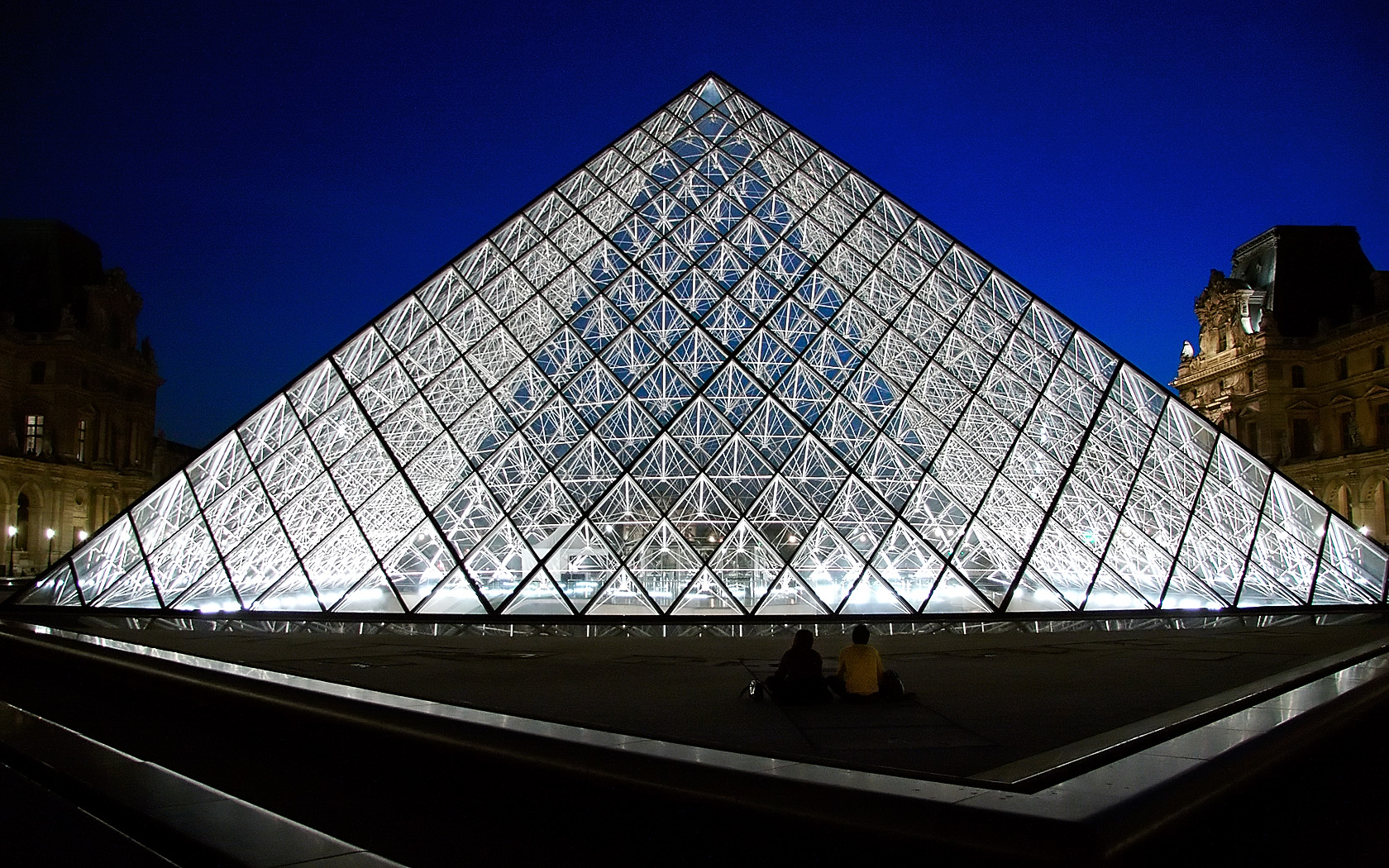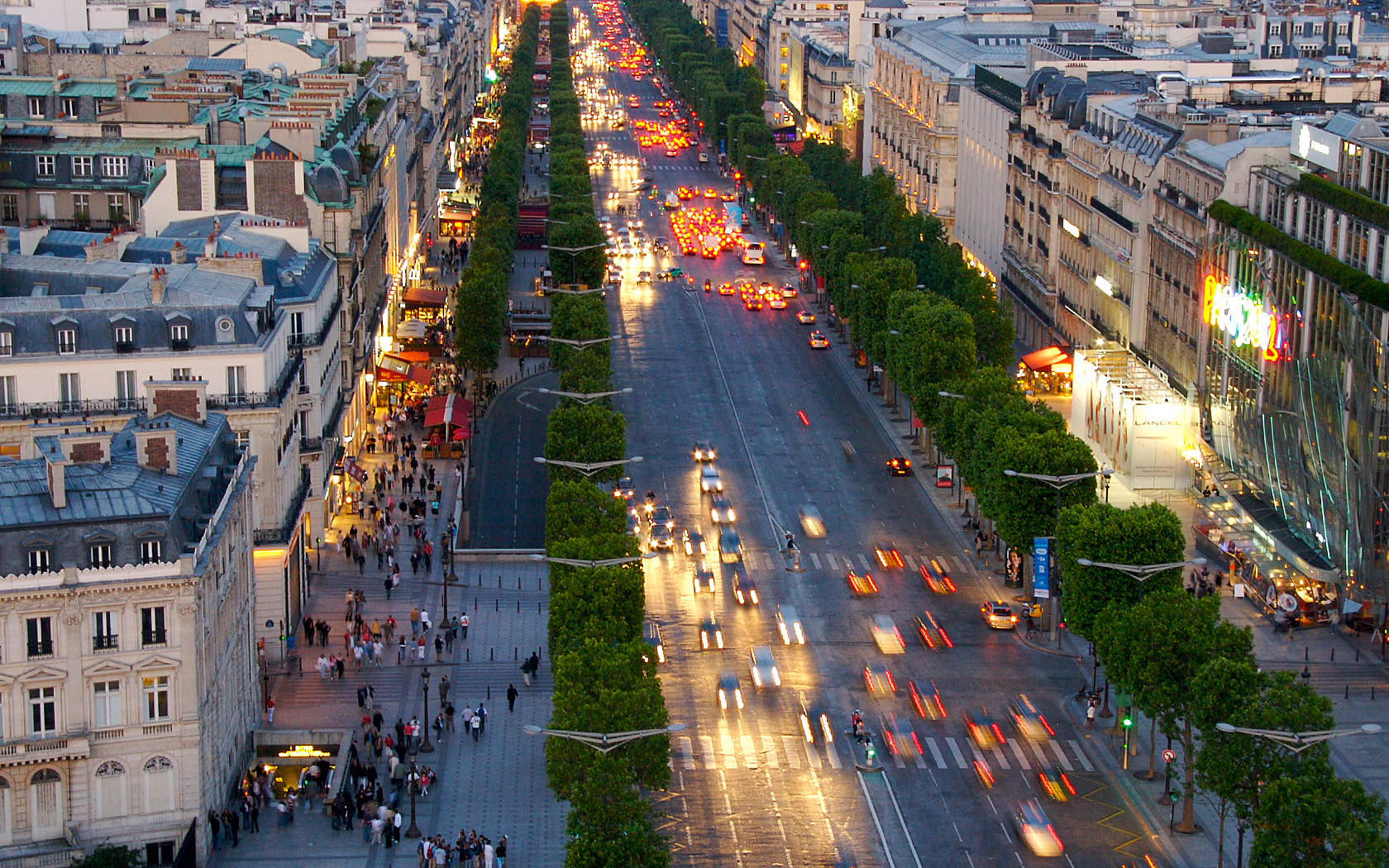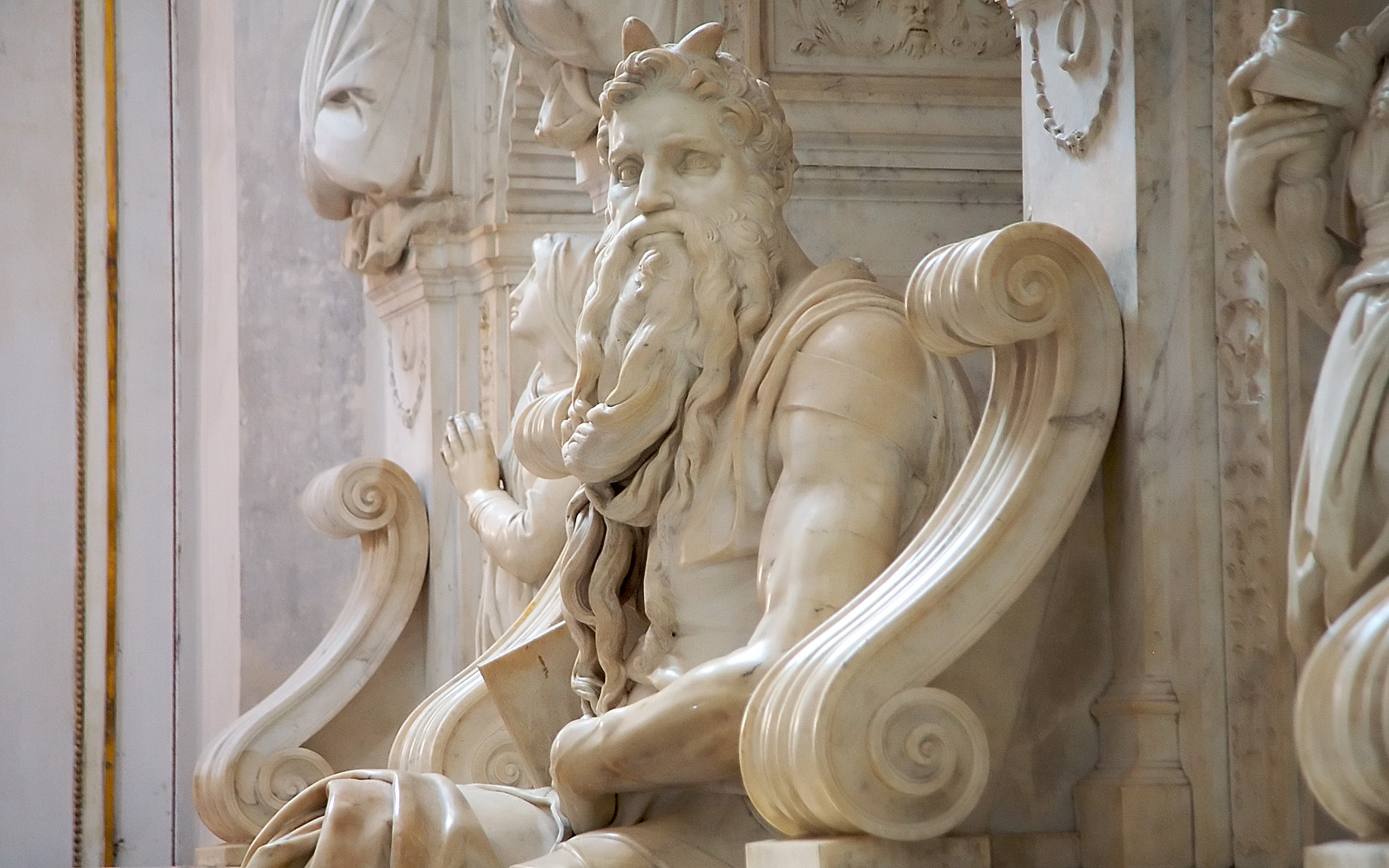 I learned a couple weeks ago that a former student of mine, Erin H., is looking at the blog from time to time. Given that there are other former students who also see this blog, this might seem unremarkable. But it turns out that Erin is in Paris for a year, and there's something special to me about having someone there checking out my blog. :-)
I learned a couple weeks ago that a former student of mine, Erin H., is looking at the blog from time to time. Given that there are other former students who also see this blog, this might seem unremarkable. But it turns out that Erin is in Paris for a year, and there's something special to me about having someone there checking out my blog. :-)
Erin writes:
Living in Paris for the year, and being able to look at your blog is a great reminder of where I come from, and also how many places I have yet to visit. . . .
In honor of Erin, I am kicking off a series called "A Week In Paris." For a while, my blog becomes a reminder of where she is and where some of us would like to go some day.
Incidentally, Erin also has a blog of her own, with many great photos, and I suggest you take a peek: worldmoods.blogspot.com
 There were many things about our brief visit to Alaska that are memorable. But oddly, the profusion of these tasty, orange berries stands out. No doubt there is a name for them but all I know is that I didn't eat enough.
There were many things about our brief visit to Alaska that are memorable. But oddly, the profusion of these tasty, orange berries stands out. No doubt there is a name for them but all I know is that I didn't eat enough.

 I apologize if you've been lured to my blog this week thinking that "A Week In Paris" would offer a series of spectacular views of the great monuments and buildings in this amazing city. Those shots have been posted (more or less). Two of my favorites:
I apologize if you've been lured to my blog this week thinking that "A Week In Paris" would offer a series of spectacular views of the great monuments and buildings in this amazing city. Those shots have been posted (more or less). Two of my favorites:  This is the most famous street in the world, as seen from the Arc di Triomphe. The Champs-Elyssee has some of the most exclusive stores and restuarants in the world: Chanel, Hugo Boss, Cartier, Louis Vuitton, to name a few. But there is a MacDonalds, too.
This is the most famous street in the world, as seen from the Arc di Triomphe. The Champs-Elyssee has some of the most exclusive stores and restuarants in the world: Chanel, Hugo Boss, Cartier, Louis Vuitton, to name a few. But there is a MacDonalds, too. There is a long history of risky French architecture. For example, the Eiffel Tower was widely criticized when it was built. So, too, was the new entrance to the Louvre, which is what you are looking at in this photo. It was designed by the Chinese American architect I.M. Pei.
There is a long history of risky French architecture. For example, the Eiffel Tower was widely criticized when it was built. So, too, was the new entrance to the Louvre, which is what you are looking at in this photo. It was designed by the Chinese American architect I.M. Pei. There is much that is captivating about a Gothic cathedral like the famous Notre Dame of Paris. The beautiful stained glass and the lofty interior space must have been truly awe inspiring to the 12th century Parisian. They certainly are to me.
There is much that is captivating about a Gothic cathedral like the famous Notre Dame of Paris. The beautiful stained glass and the lofty interior space must have been truly awe inspiring to the 12th century Parisian. They certainly are to me. Napoleon, who conquered much of Europe, died at age 51 on the tiny island of St. Helena, where he had been exiled. Even today St. Helena is one of the most isolated places on earth.
Napoleon, who conquered much of Europe, died at age 51 on the tiny island of St. Helena, where he had been exiled. Even today St. Helena is one of the most isolated places on earth.  Yes, another self-indulgent photo! And you wouldn't know that this is Paris, would you? It could be our local Mini-Mart. But check out the the wine section of this petite store. Only in France would you see something like this.
Yes, another self-indulgent photo! And you wouldn't know that this is Paris, would you? It could be our local Mini-Mart. But check out the the wine section of this petite store. Only in France would you see something like this. I learned a couple weeks ago that a former student of mine, Erin H., is looking at the blog from time to time. Given that there are other former students who also see this blog, this might seem unremarkable. But it turns out that Erin is in Paris for a year, and there's something special to me about having someone there checking out my blog. :-)
I learned a couple weeks ago that a former student of mine, Erin H., is looking at the blog from time to time. Given that there are other former students who also see this blog, this might seem unremarkable. But it turns out that Erin is in Paris for a year, and there's something special to me about having someone there checking out my blog. :-) You could just see this another wall with ivy growing on it. Or you could see it as a deeply symbolic photo representing the conflict of "man vs. Nature," and our attempt to impose structure and pattern on a universe that is as random as the ivy's vine creeping across a red brick wall.
You could just see this another wall with ivy growing on it. Or you could see it as a deeply symbolic photo representing the conflict of "man vs. Nature," and our attempt to impose structure and pattern on a universe that is as random as the ivy's vine creeping across a red brick wall. This is Michelangelo's "Moses," and it is housed in one of the most unassuming places any great work art resides - the Church of St. Peter in Chains in Rome. Michelangelo was commissioned to do Pope Julius II's tomb and Moses was to be one of 50 sculptures to decorate the tomb. Humility? I don't think so.
This is Michelangelo's "Moses," and it is housed in one of the most unassuming places any great work art resides - the Church of St. Peter in Chains in Rome. Michelangelo was commissioned to do Pope Julius II's tomb and Moses was to be one of 50 sculptures to decorate the tomb. Humility? I don't think so. This is an early morning shot of a back lit tree in the Borghese Gardens in Rome. There is something prehistoric-looking in these leaves. I don't know what kind of tree this is but it could be a relative of the locust, which grows in some places in South Dakota.
This is an early morning shot of a back lit tree in the Borghese Gardens in Rome. There is something prehistoric-looking in these leaves. I don't know what kind of tree this is but it could be a relative of the locust, which grows in some places in South Dakota. This is yet another photo from the Plitvice Lakes. I am standing on the shore shooting down. The clear, blue water is not fancy Photoshop work - it is the amazing work of Nature.
This is yet another photo from the Plitvice Lakes. I am standing on the shore shooting down. The clear, blue water is not fancy Photoshop work - it is the amazing work of Nature.